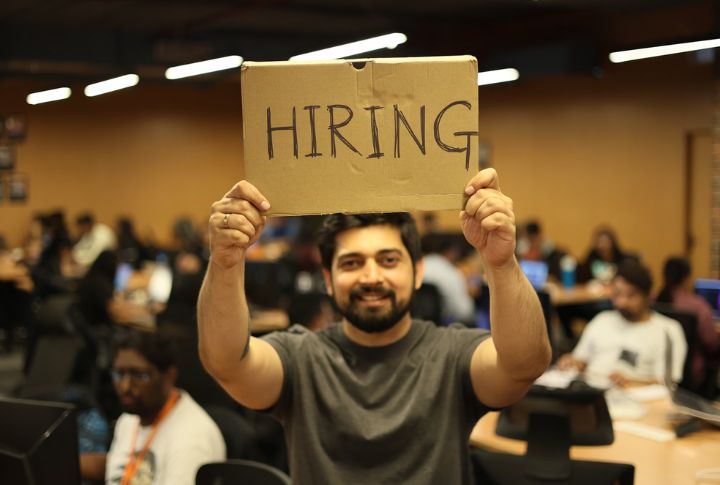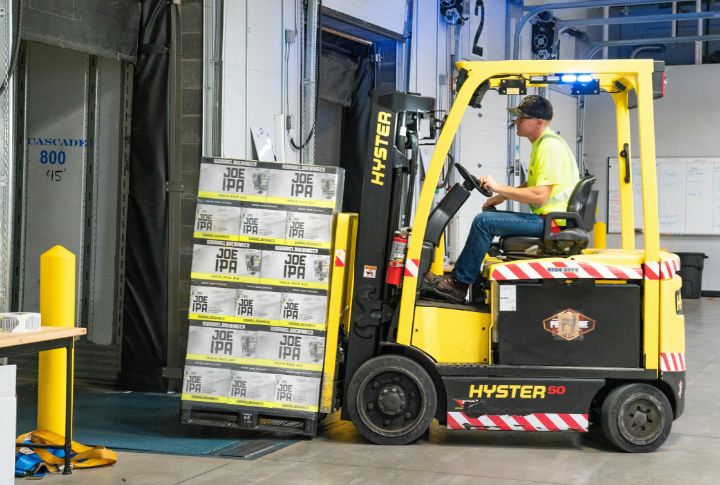
Job hunting today doesn’t look much like it used to. Resumes go into black holes, and clear answers stay out of reach. There’s a reason it feels harder now, even in places with strong job numbers. Certain shifts are changing how people apply and follow up. Here are fifteen real factors that explain why finding work keeps getting more complex.
Hiring Freezes Are Becoming The Default

Rather than downsizing, many companies have pressed pause. Hiring has slowed to a crawl in many sectors. Roles stay posted, but internal delays often freeze the process midstream, leaving job seekers waiting on positions that won’t move forward anytime soon.
Experience Has Replaced Potential

What once counted as entry-level now arrives with a list of requirements. Internships have quietly become essential, and applicants often need to show years of relevant work before getting considered, especially in fields that used to offer full training on the job.
Automation Keeps Expanding The Gap

AI has moved beyond customer service. Today, machines handle legal research, marketing drafts and logistics planning. According to McKinsey, nearly 40% of employers expect workforce reductions due to automation. Some even use bots to screen applicants without any human review.
Phantom Jobs Waste Time And Energy

Job seekers often chase listings that were never real to begin with. These “ghost jobs” are posted to boost company visibility or test the talent market. Some stay online for weeks and draw in thousands of hopeful applicants for roles that already closed or never existed.
Resume Filters Decide Before Recruiters Do

Applicant Tracking Systems now control the first pass. If a resume doesn’t align with preset keywords, it disappears before any recruiter reviews it. According to Jobscan, over 70% of large employers rely on ATS, quietly screening out many strong candidates.
Being Overqualified Creates Hidden Risk

Hiring managers often hesitate when a candidate brings more experience than the role requires. Concerns over retention or salary surface fast. Some applicants now revise their resumes to appear less advanced, hoping to clear that psychological hurdle and secure interviews.
Degrees No Longer Set You Apart

Education still matters, but it no longer guarantees a call back. Many roles that once needed a diploma now require a master’s, especially in admin-heavy or tech-adjacent industries. The result is a flood of highly educated applicants vying for the same small batch of offers.
Layoffs Echo Across Every Sector

Even as some companies grow, entire industries are shrinking. According to Crunchbase News, tech alone saw over 95,000 layoffs in 2024, with ripple effects reaching marketing and logistics. When one department contracts, others often follow. This affects the whole employment outlook more than numbers suggest.
The Timeline To Hire Keeps Stretching

From application to offer, hiring now takes over 44 days on average. With every extra interview or test, the process grows longer. Candidates often move on midway, especially when another company makes a quicker decision. This leaves employers scrambling to restart the search.
“Culture Fit” Blocks Great Talent

Many hiring managers look for someone who feels familiar. That search for “fit” filters out candidates who bring different experiences or backgrounds. Instead of focusing on ability, employers sometimes prioritize comfort—leaving qualified applicants benched for reasons that never appear on paper.
Fewer Companies Train From Within

On-the-job learning has quietly faded. Employers now expect applicants to arrive fully prepared, even for niche tools or systems. This shift especially hurts career switchers or those returning to the workforce, who no longer have a chance to learn while earning.
The “Great Stay” Keeps The Job Ladder Stuck

After years of movement, job-switching has cooled. Many workers are holding tight to their current positions, cautious of instability elsewhere. As voluntary exits decline, so do new openings, which creates a ripple effect that slows hiring across industries and experience levels.
Pay Growth Lags Behind Real Life

Wages may rise on paper, but inflation keeps outpacing them. Roles in education, retail and caregiving now struggle to cover everyday costs. Some applicants calculate gas prices or childcare expenses before even clicking “apply,” which makes fewer roles feel worth the stretch.
Gig Work Keeps Replacing Long-Term Roles

Side gigs used to be supplemental. Now, they’re a primary plan for many. Pew Research notes that over 16% of U.S. adults work gig jobs. While flexible, they rarely offer benefits or career paths—just temporary relief in a job market full of roadblocks.
Middle-Skill Roles Keep Fading

Jobs that once required some college but not a degree are disappearing fast. Outsourcing and software now handle many of these tasks. The middle ground continues to shrink, which limits paths for workers without specialized training or advanced credentials.
